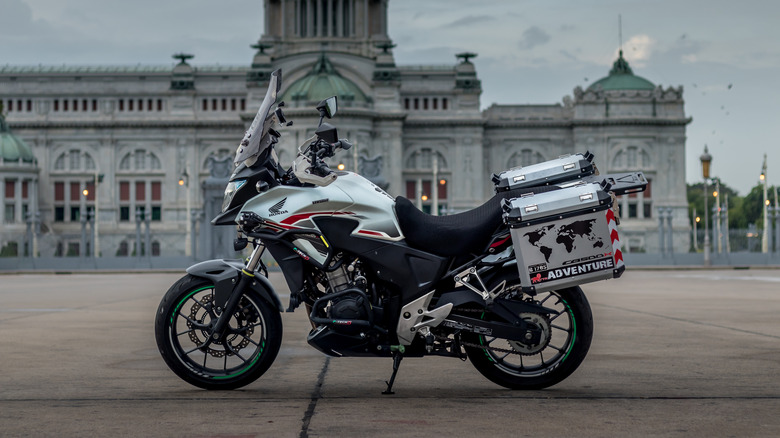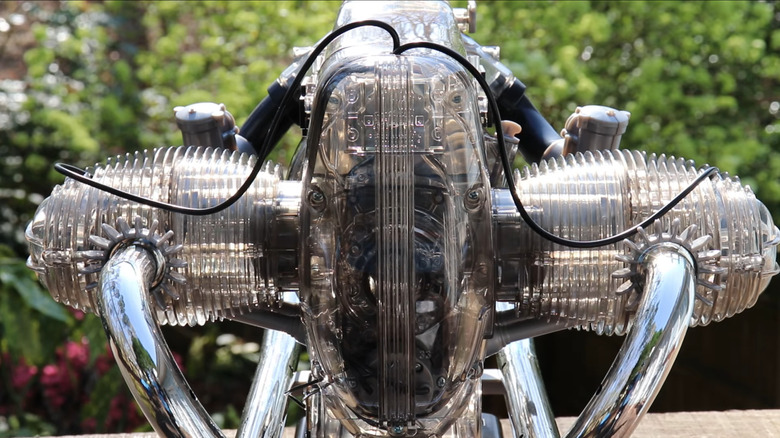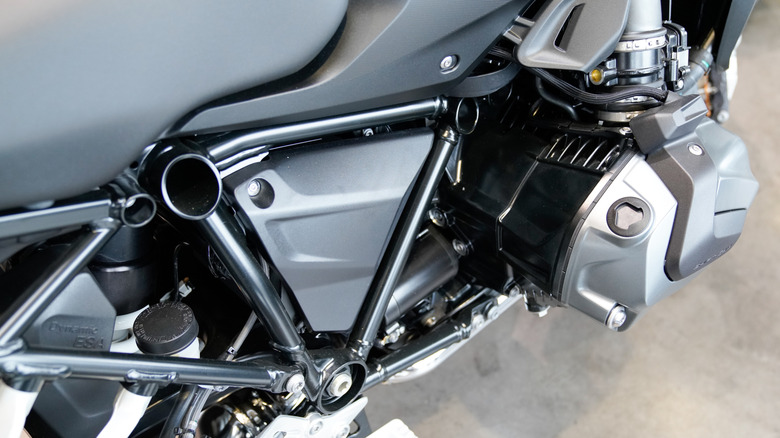What Is A Straight-Twin Engine? (And Is It Similar To A Flat-Twin Engine?)
A straight-twin engine, also called an inline-twin or parallel-twin, is a two-cylinder setup where both cylinders sit side by side, upright, and share a single crankshaft. It's the simplest way to package a twin-cylinder engine, and that's exactly why you see it in everything from motorcycles to small cars. The key feature is how the pistons are arranged (vertically in a line), which gives it a compact design, low production cost, and decent power for its size.
There are a few common crankshaft styles that change how the engine feels. A 360 degree crank has both pistons rising and falling together, firing alternately every full crankshaft turn. A 180 degree crank has one piston up while the other's down, firing unevenly. Then there's the 270 degree style, which mimics the firing pattern and feel of a V-twin.
What makes straight-twins popular is their versatility. They're often better balanced than single-cylinder engines and simpler to fit into a bike or small vehicle. The parallel-twin configuration, along with V-twin motorcycle engines, are the ones you are most likely to come across.
Flat-twin engines look different, and feel it too
While a straight-twin stacks both cylinders vertically, the rather unique flat-twin splits them sideways. Picture two opposing cylinders on either side of the crankshaft; that's a flat-twin. The most common type is the boxer-twin, where both pistons move in opposite directions from each other.
You'll spot this setup on BMW motorcycles and some classic cars like the Citroën 2CV, along with the occasional Honda motorcycle. BMW is just about the only manufacturer left that still uses this particular type of engine, giving them the signature BMW rumble. When used in bikes, flat-twins are typically mounted across the frame, with the cylinders sticking out like wings. This layout cools both sides evenly and gives the bike a shorter wheelbase. Another oddity is the crankcase pressure. Since both pistons move in sync, the air inside the engine gets squeezed in and out with every stroke, resulting in air coming out of the crankcase as well.
Which twin design is better?
It depends on what you're after. Straight twins are easier and cheaper to produce. They slot into smaller engine bays and suit a wide range of compact vehicles.
Flat-twins, on the other hand, deliver smoother operation and better primary balance due to a low centre of gravity. They're ideal when you want lower vibration without a ton of added tech. The layout also helps with cooling and service access.
But flat-twins are wider and harder to package. In cars, they've mostly been phased out, with one of the last cars to use a flat twin being the Citroën 2CV. As previously mentioned, in bikes, they're niche and mostly found in BMW motorcycles, including in some of BMW's most underrated motorcycle gems.
Straight-twin engines have evolved to offer modern crankshaft angles like 270 degrees that mimic the feel of V-twins while retaining the compactness. That's why manufacturers keep using and refining them. Meanwhile, flat-twins have largely settled into a legacy role, valued for their feel and charm more than mass-market practicality.


